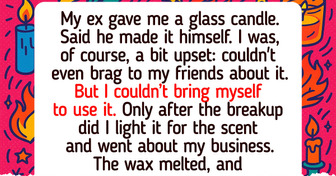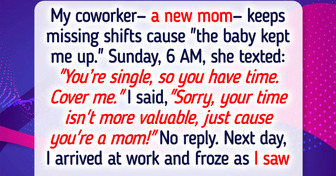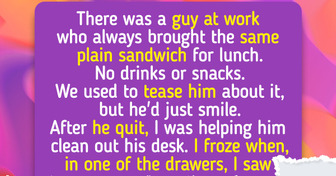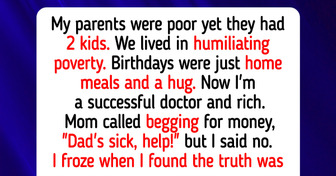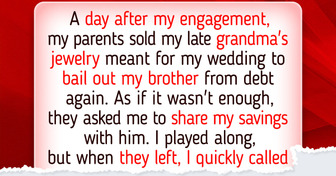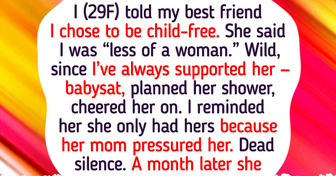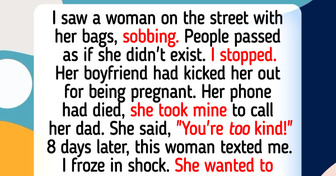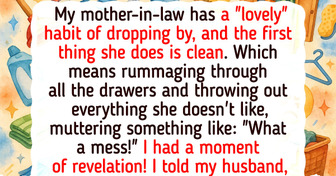15 Fitting Room Stories That Can Make You See Shopping in a Whole New Light
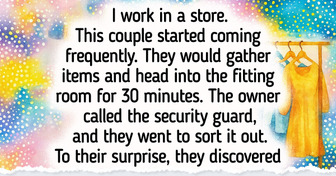

You fill in your username. You type in a password that you’re absolutely sure no one is ever going to figure out, and you’re nearly finished creating your new email account. But, before you do it — here’s a captcha. Oh man, this one’s tricky — choose any and every image that has firetrucks in it.
So, you select the 3 you think are right but EHHH, wrong. You were certain that there was a firetruck in that last image. So, you try again. It’s not until the 4th attempt that you’re finally done. Is it just me, or are captchas getting harder?
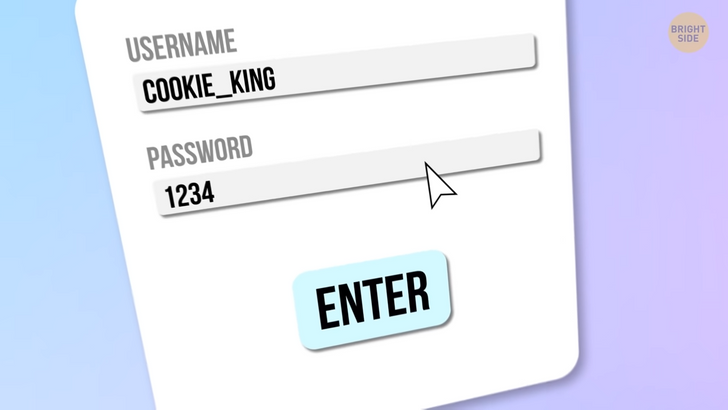
Captcha tests are specifically designed as a guard against millions of bots out there. It stands for the Completely Automated Public Turing Test to tell Computers and Humans Apart. Bots are getting better at solving captchas than we are, and there are hundreds if not thousands of captchas tests already on the Internet.
Initially, captcha was developed so that any human can pass it, and every computer will fail at it. Something we’re really good at is reading. Even when it’s not easy, we can still make out the words. Imagine you’re going down the highway, and you look through your window. Trees go by you before you can even make out their shapes.
But there’s a sign-up ahead, and you instantly read it. Even if the letters are a bit distorted, we can still read what it says. When captcha came to be, computers weren’t all that good at reading. So, captcha’s early forms were simply distorted text. You’d have a few letters in front of you, and it’d be easy to puzzle them together.

Some say there was a little room for error because some letters, even though they’re different, still look really similar. The test has changed over time. And now, reCAPTCHA is the most dominant form of captcha. It digitizes the text of old newspapers and books and places two words in front of you.
The first word is generated by the computer, and it’s the word the computer knows is right. The second one is the digitized word. The computer simply assumes it’s correct. It double-checks it by giving other people trying to enter the website the same test. It’s only when a few people give the same “right” answer that the word is considered correct.
It still might’ve taken us a while to get the test right, and computers got so good at this, they could do it in a blink of an eye. While people took their own captcha tests, computers kept constantly learning what these distorted words meant. And they became better at solving captchas than us. People fed up with captchas were so frustrated they’d use any technology that would let them bypass it or fill it out for them.
So, captchas evolved yet again into image captchas. This time, we were the ones teaching computers how to identify these images or objects so that they could then test to see if we’re hidden bots or just regular humans. But again, computers and bots learned from this and became better at it than us.
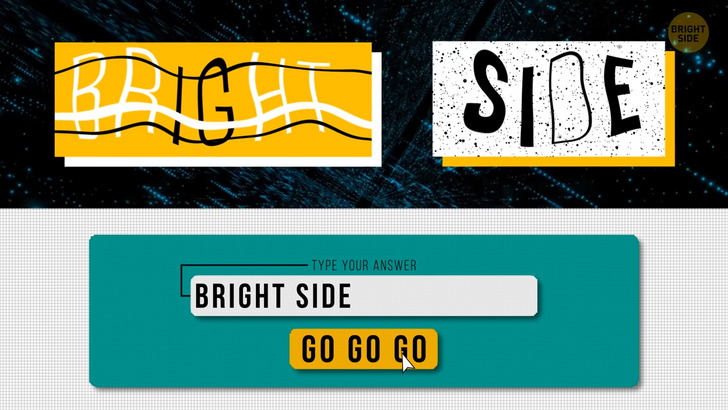
Now, there is an invisible captcha. It was sort of reset. Simply put, AI tracks your behavior to determine if you’re human or not. It runs in the background of a website, and when you move your mouse, it knows. Just like it knows how long you take to click on something.
If you pass the “human” test, chances are you’re just going to have the best and easiest captcha. The one where you have to click “I’m not a robot” captcha. Some bots can be so sophisticated they look and act like humans on the Internet. Here’s how you can identify some of them.
First off, not all bots are bad. Search engines and antiviruses use bots to analyze and gather data from the Internet. But some bots are up to no good, like spreading misinformation or messing with your personal info. When you think an account on social media is a bot, you can check their user profile. Most of them will lack a photo, and they won’t have anything written in their biography.
Bots still can’t mimic the way we talk very well. So, if someone’s responses are repetitive, or they sound like they’re right out of a hand guide, chances are you’re talking to a bot. Tell them a joke! If they don’t understand it — it’s a bot.

Usually, they’re programmed by someone with a certain topic in mind, like telling someone about their favorite singer! If they can’t talk about anything else, they also might be a bot. Or, just a really big fan.
There are tons of bots on Twitter. They repost the same links over and over, which can also be a telltale sign. Look at the time of their posts. If they tweet nonstop, and it seems like they never sleep, they might be a bot account. There are other things out there to get you, like viruses and malware!
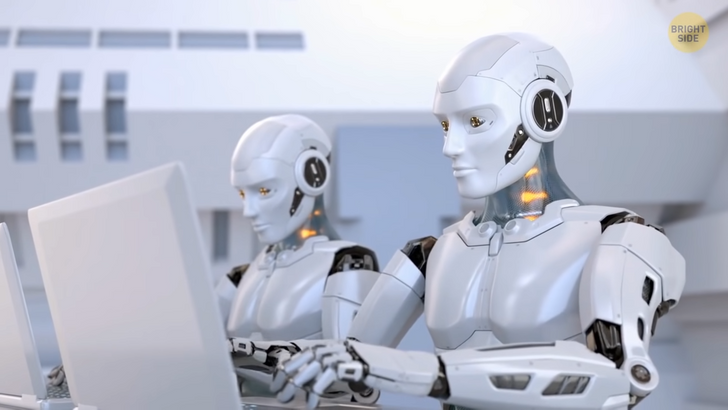
To stay safer when you’re surfing the net, check if the website’s connection is safe. If it has a closed lock before HTTPS, it’s secure. If it doesn’t — it’s a bad sign. Your browser might warn you, too, with a bright red sign and an exclamation mark where the lock should be.
Use a complex password. Things like your Birthday or your phone number might be too easy to guess. Don’t just write qwerty, either. Think of capital and lowercase letters, together with different symbols. Here’s a good idea of a password: mXPq*/a [m x s p q asterisk slash a].
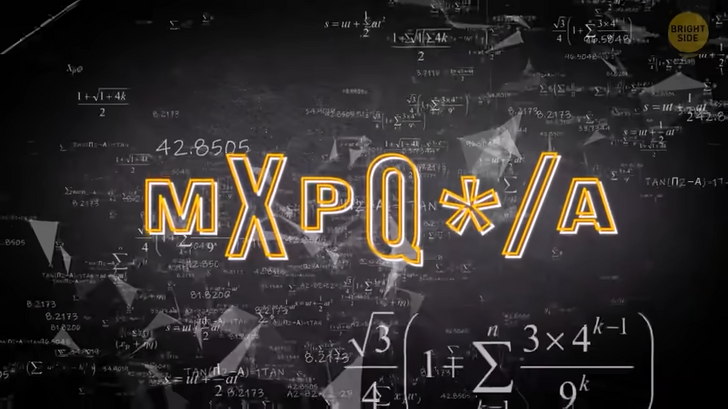
Viruses are a danger to our computers, too. Here’s how you can tell if yours is infected. Your cursor will randomly start moving on its own. It’ll click programs or any links that you don’t want to.
This is a clear sign your computer is being controlled remotely. Try to get rid of the virus with the help of an antivirus or even anti-malware. But if you can’t, chances are you’re going to have to do a full reset of everything that’s on your computer, so you can stay protected.
Pop-up pages can happen when you’re browsing through the web, but when you get them even with the web browser closed, that’s a red flag. Close them instantly, and never click on any links. Out of nowhere, new programs start showing up. You’ve never installed them, though. Check what they’re up to with the help of Microsoft’s process explorer.

You’ve got plenty of spam emails, but now you’re the one sending them without even realizing it. This might be a sign that your sensitive info has been compromised. Change your passwords as soon as you can.
Even worse, you might be locked out of your accounts entirely. Think of a way to recover them in case this happens. Check your bank statements often.
If you notice any suspicious or fraudulent transactions you haven’t authorized, talk to your bank to see what’s happening — a cybercriminal might be behind this.

